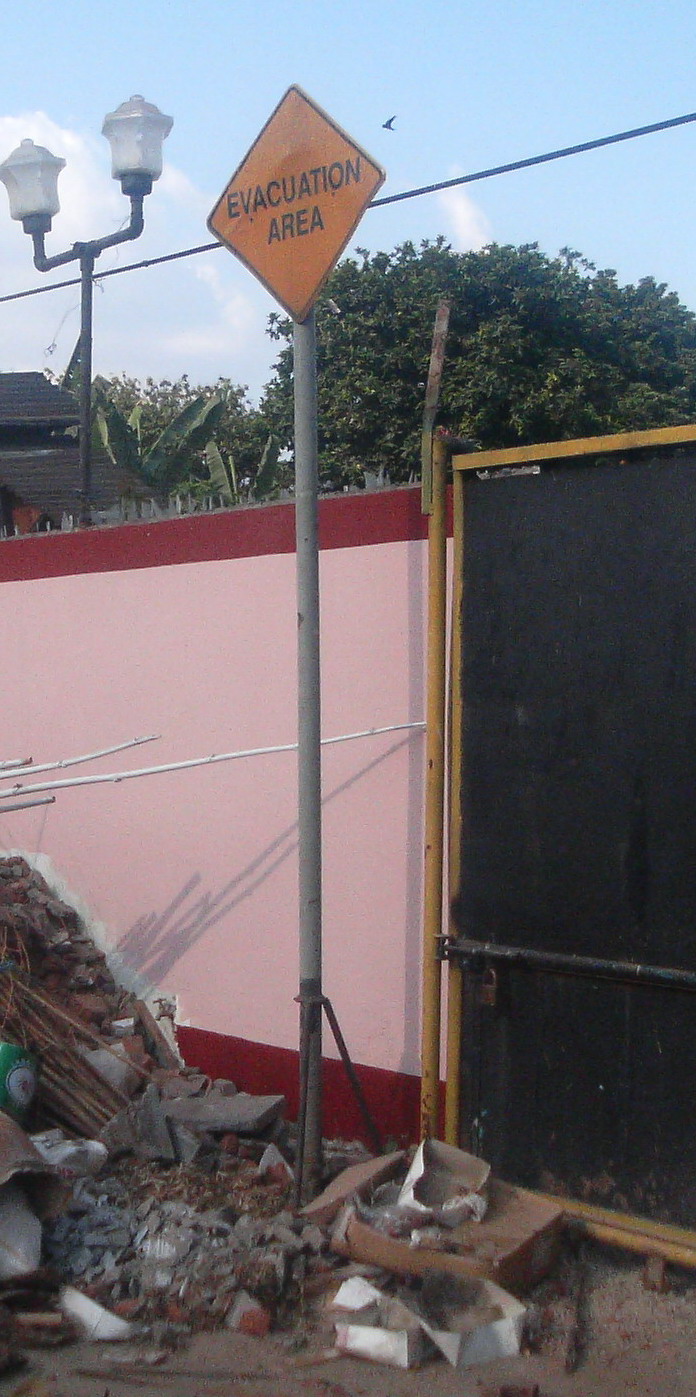
Last month I described the foundation of behavior-based safety, behavior-focused observation and feedback. Additionally, I provided some details on the essential characteristics of the observation card to be used by employees as part of a solid behavior-based safety process. If you will recall, the observations work not only to help employees look-out for one another and increase awareness, but as importantly, to produce the behavioral measures of safety. This month I will introduce the basic behavioral science understanding of “why people do what they do,” the foundation for promoting safety improvements in areas you’ve identified with your observations.
The ABCs of Safety Improvement
A major aspect of behavior-based approaches to safety focus on systematically studying the effects of various interventions on target behaviors by first defining the target behavior in a directly observable and recordable way and then observing and recording occurrences of these behavior in their natural setting. Interventions are implemented to change the behavior in beneficial directions once problem spots are identified. Interventions typically involve modifying or changing the importance of the antecedents and/or consequences of specified target behavior(s). The figure below depicts this arrangement and is often called the “ABC model” of behavior change.
Antecedent (Activator)-----Behavior-----Consequence
---------------------------Person---------------------------
Antecedents or activators, such as safety signs, education/training, rules and policies, come before behavior and are said to direct behavior. That is, they tell a person what to do. Activators are useful when it has been determined that safety problems are a result of workers not “knowing” what to do. Activators can get behavior started, but in most instances, are not sufficient to keep behavior going. Consequences, such as feedback, praise, rewards, and penalties come after behavior and are said to motivate behavior. That is, people generally behave to get pleasant consequences or to avoid unpleasant consequences. Consequence interventions are best when people know what to do, but don’t do it regularly. Finally, the “person” component represents experience. People will behave consistent with what their past experience has told them. That is, if in the past they have received positive consequences for a behavior, they will behave. On the other hand, if in the past that behavior has produced negative consequences (or no consequences) they will not behave. Thus, consequences provide the foundation for durable behavior change. And, we have the power to arrange the work environment to change people’s experiences with consequences. Consider that the most effective activators are reliably paired with the most effective consequences, those that are Positive, Immediate and Certain (PIC). We can create such an arrangement with our behavior-based safety process!
Let's consider an everyday example to understand the power of consequences in determining behavior. When the phone rings (activator), a person will be motivated to answer it (behavior), if on balance his/her experience suggests that someone he/she wants to talk with (positive consequence) is on the other end. He or she would be less inclined to answer if rarely someone they wanted to talk with was on the other end (uncertain consequence) or if he/she had to wait a significant time to speak with that person after the phone rings (delayed consequence) or if only people he/she didn’t want to talk with were calling (negative consequence).
One reason I don’t answer my phone between 6-8 p.m. is that my experience has told me that my friends and clients do not call at that time. Rather, it’s usually someone who wants to sell me something. And, I don’t like talking to sales people. This is a negative consequence of phone answering for me. Thus, you can see, even though the activator has not changed (i.e., my phone rings the same way between 6-8 p.m. as it does during other times), the consequence has (i.e., positive, immediate, and certain during most of the day and negative, immediate, and certain between 6-8 p.m.). Thus, as can be predicted by the consequence, a different behavior occurs. Specifically, I work to avoid the negative consequences typical between 6-8 p.m. (no phone answering) and work to get the positive consequences typical the rest of time (very consistent phone answering).
The same principle can be applied to safety-related behaviors. That is, just as I can predict my phone answering behavior during the majority of the day, we can create a system of positive consequences that will produce occurrences of safety-related behaviors that are just as reliable …once we’ve implemented the behavior-focused foundation of our process. In other words, behavior-based observation and feedback becomes the vehicle with which we can, not only identify areas in need of improvement, but also to apply positive consequences effectively so we can produce real and measurable behavior change. This is truly powerful stuff when done correctly.
Next month I’ll take up the issue of why enforcement is not sufficient to make your facility the best it can be in promoting safety success. I’ll also address common pitfalls to avoid when using positive consequences to motivate employees. Until then, jump start improvements in safety by informally applying the power of positive consequences in your facility by “catching people doing the safe thing” and thanking them for setting the safe example. If you’re sincere about your thanks, and you attach it to a specific behavior, provide it right away, and provide it often, you’ll likely see dramatic improvements in behavior by this time next month.
To close, all of us at CBS would like to wish you and yours a Safe and Happy Holiday season. See you next year.



























































Tidak ada komentar:
Posting Komentar